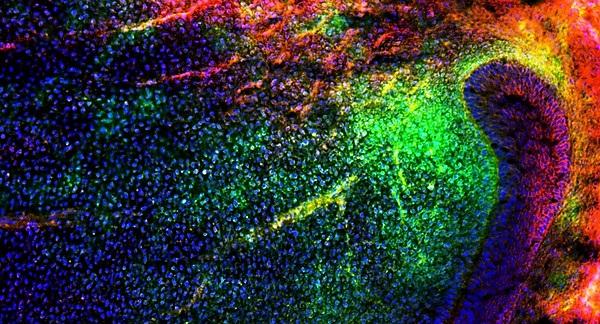The new scientific breakthrough could see us being able to regrow broken or diseased teeth.
Stem cells hold the key to wound healing, as they develop into specialised cell types throughout the body – including in teeth.
Now an international team of researchers has found a mechanism that could offer a potential novel solution to tooth repair.
Published in Nature Communications, the study showed that a gene called Dlk1 enhances stem cell activation and tissue regeneration in tooth healing.
The work was led by Dr Bing Hu from the University of Plymouth’s Peninsula Dental School, with collaboration from researchers worldwide.
Dr Hu and his team discovered a new population of mesenchymal stem cells (the stem cells that make up skeletal tissue such as muscle and bone) in a continuously growing mouse incisor model. They showed that these cells contribute to the formation of tooth dentin, the hard tissue that covers the main body of a tooth.
Importantly, the work showed that when these stem cells are activated, they then send signals back to the mother cells of the tissue to control the number of cells produced, through a molecular gene called Dlk1.
In the same report, the researchers also proved that Dlk1 can enhance stem cell activation and tissue regeneration in a tooth wound healing model.
This mechanism could provide a novel solution for tooth reparation, dealing with problems such as tooth decay and crumbling (known as caries) and trauma treatment.
Further studies need to take place to validate the findings for clinical applications, in order to ascertain the appropriate treatment duration and dose, but these early steps in an animal model are exciting, as Dr Hu explains.
Stem cells are so important, as, in the future, they could be used by laboratories to regenerate tissues that have been damaged or lost due to disease – so it’s vital to understand how they work. By uncovering both the new stem cells that make the main body of a tooth and establishing their vital use of Dlk1 in regenerating the tissue, we have taken major steps in understanding stem cell regeneration.
“The work has taken place in lab models at this stage, and further work needs to be done before we can bring them in to human use. But it’s a really big breakthrough in regenerative medicine that could have huge implications for patients in future.”







